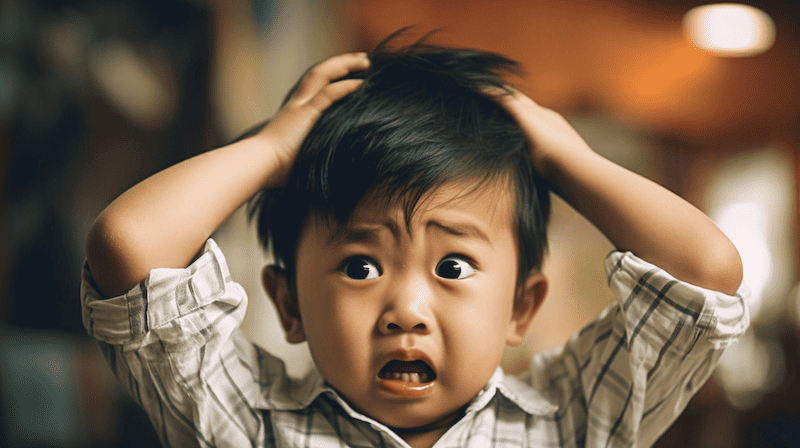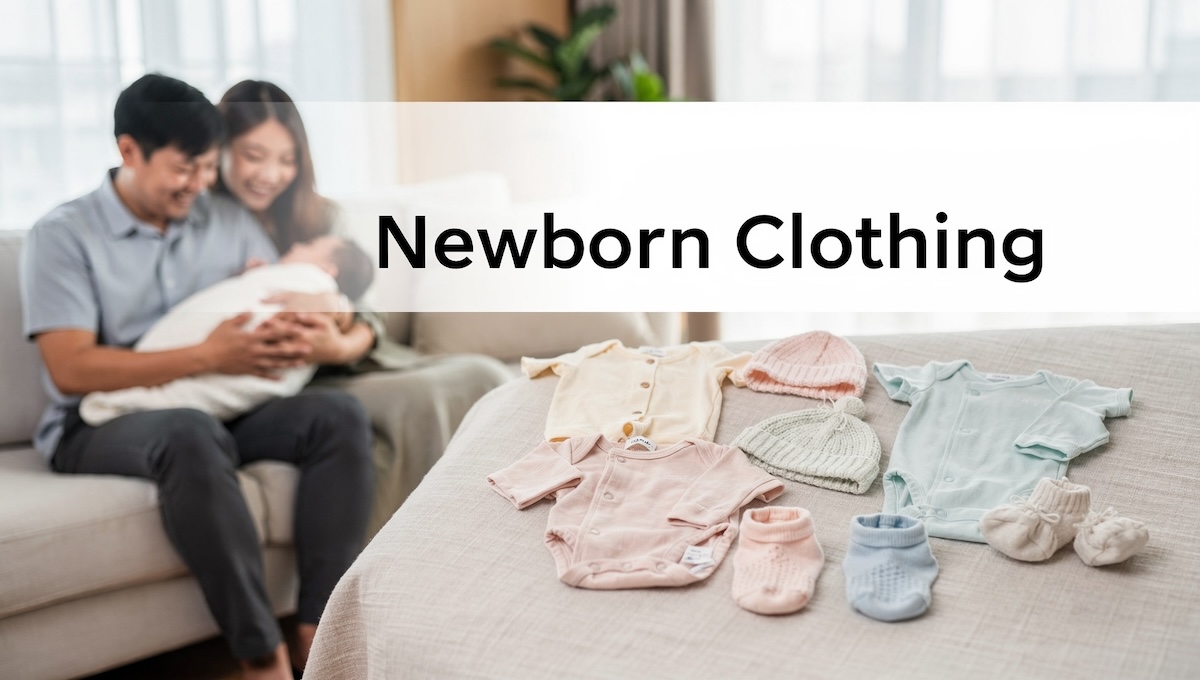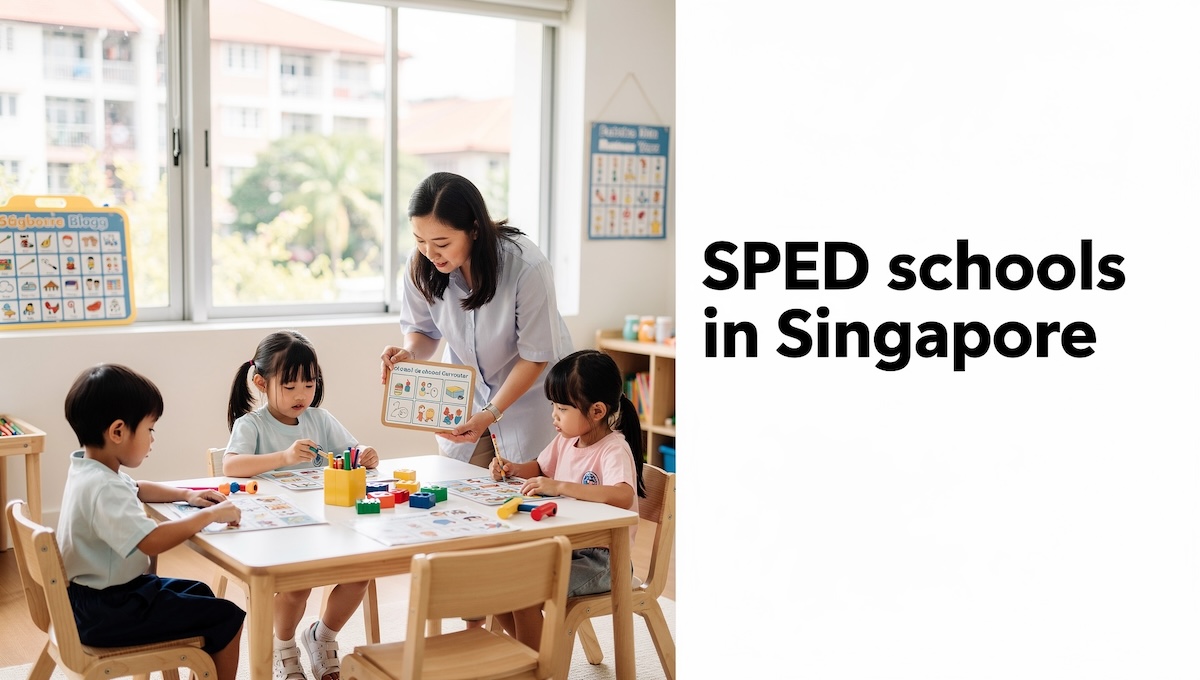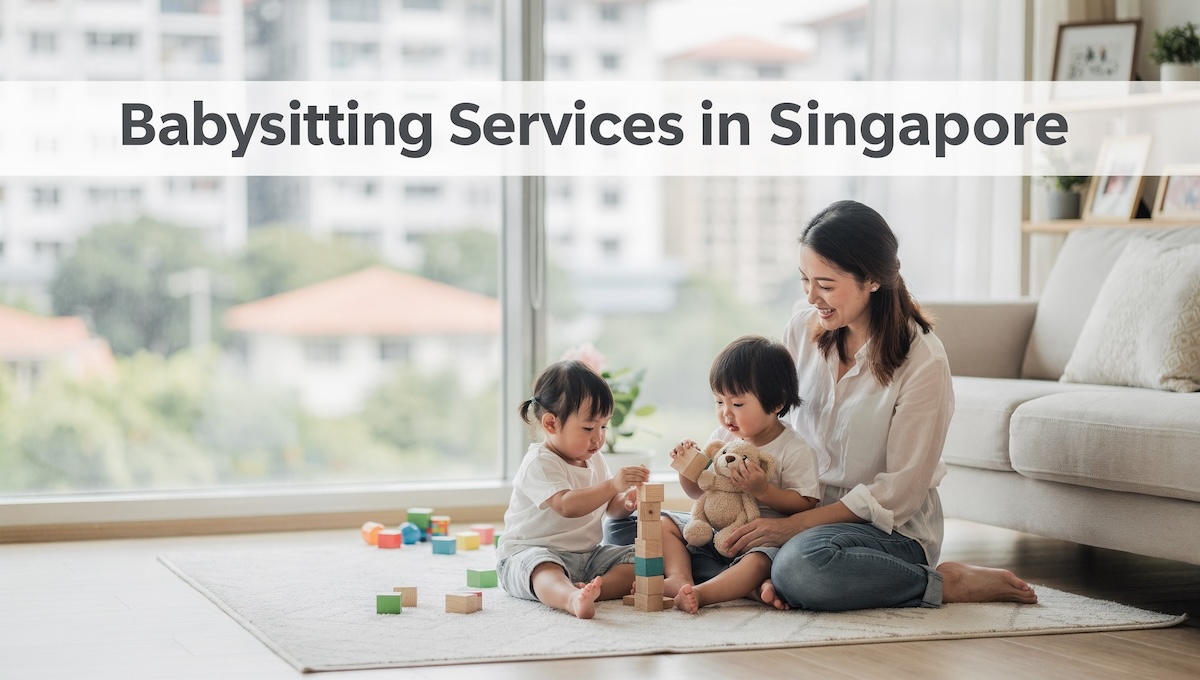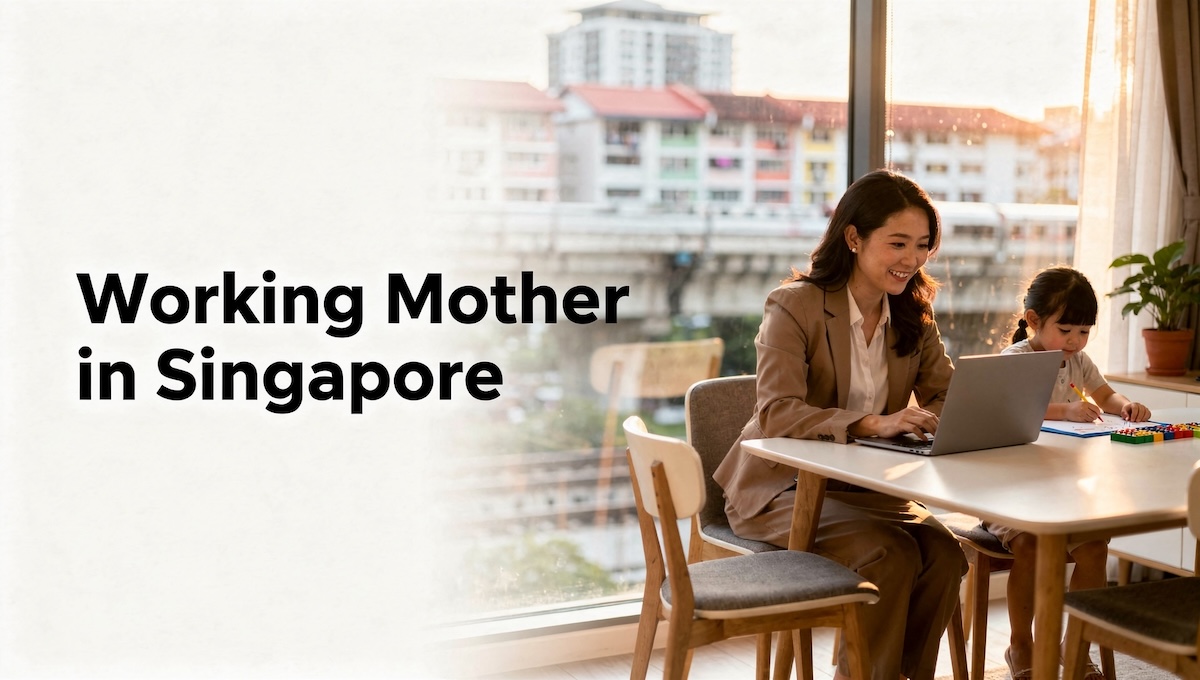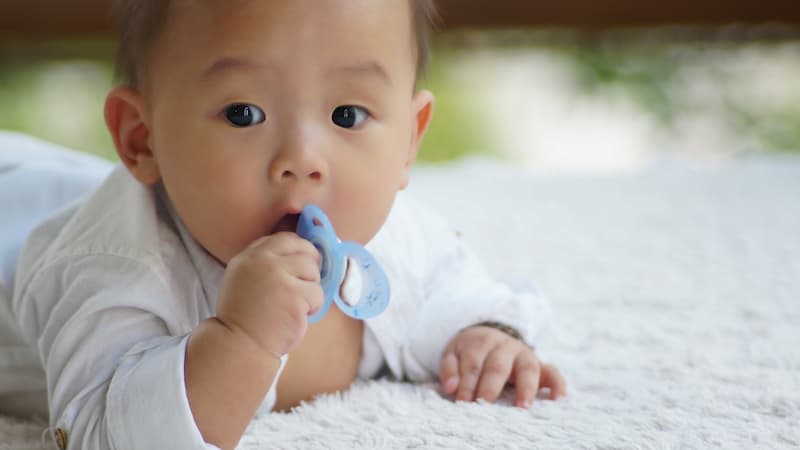As a parent, it can be frustrating and confusing when your child comes home with head lice. It’s not something you want to deal with – but don’t panic!
This article provides an easy-to-understand guide on how to identify and treat head lice in the most effective way possible. We know that being a parent is hard work, so we created this guide to make dealing with head lice easier for you and your family.
Read on to learn more about identifying and treating these pesky critters so that everyone can have peace of mind knowing they are taken care of.
What Are Head Lice
Head lice are small, parasitic insects that feed on human blood and can be found living in the hair or scalp.
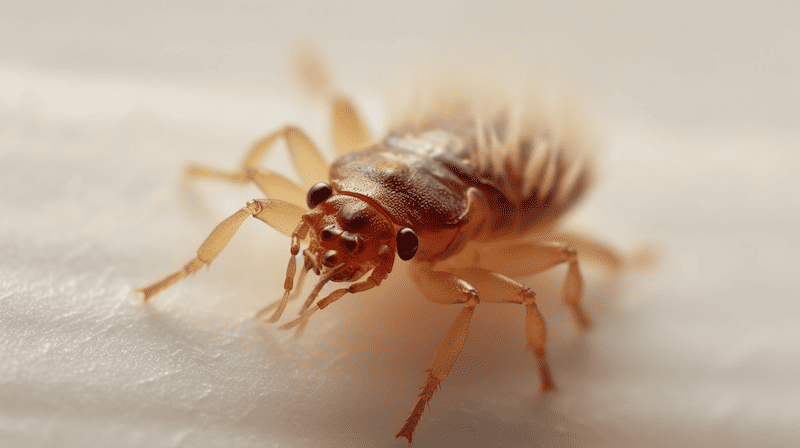
Head lice spread quickly from person to person through contact with an infested individual’s clothing, hats, scarves, combs, brushes and towels.
Once a head becomes infected with lice it can take up to four weeks for symptoms of an active case to become noticeable.
Adult lice lay eggs (known as nits) which attach themselves firmly to the base of the hair shaft near the scalp.
To get rid of head lice permanently requires diligent treatment and follow-up checks for several weeks after initial detection.
Understanding how head lice spread is important when considering possible treatments – not all methods are effective at eliminating both adult lice and their eggs.
With proper knowledge about head lice prevention and treatment, you’ll be well equipped to protect your family against this common condition.
Now let’s move on to understanding signs and symptoms of head lice so you know exactly what to look out for.
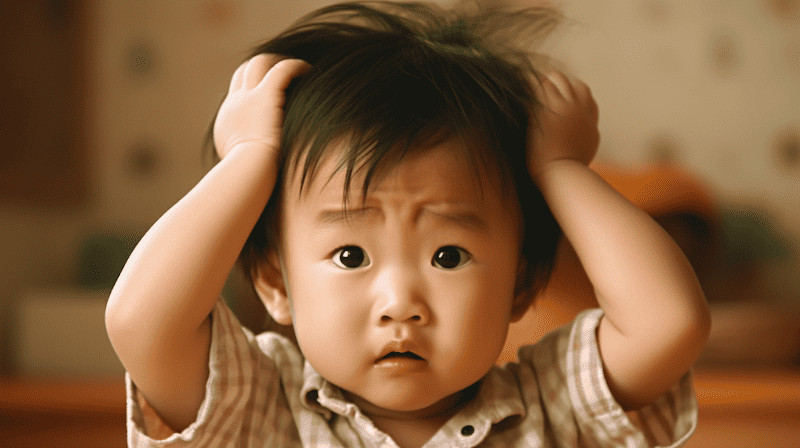
Signs And Symptoms Of Head Lice
Swift signs of head lice signify a serious situation. Symptoms of these crawling critters can include:
- Live lice moving around on the scalp, neck, and ears.
- Constant itching that is caused by an allergic reaction to head louse saliva when they feed.
- Small red bumps or sores on the scalp from scratching too much.
- Visible nits (eggs) attached to hair shafts near the scalp which are greyish-white in color and hard to remove manually with fingers or combs.
Knowing what to look out for is essential in order to identify and treat those affected quickly; however, it’s also important to understand how head lice spread so one can take preventative measures as well as treatment options available if an infestation occurs.
How Do Head Lice Spread
Now that we’ve discussed the signs and symptoms of head lice, let’s talk about how they spread.
Unfortunately, head lice spreads quickly through direct contact with an infected person or their belongings. This is why it’s important to treat lice as soon as possible if you suspect someone in your home has them.
To kill head lice, adults should use specific medicines available over-the-counter or from a doctor. These medications are designed specifically to get rid of adult head lice and eggs, but not all products will work for everyone. Make sure to check labels carefully to ensure the product can effectively treat the type of infestation found on your family member(s).
After treatment, comb out any dead lice daily until there are no more live bugs present. With proper diagnosis and prompt treatment, parents can help contain the spread of head lice throughout their homes.
Now let’s take a look at how to diagnose these pesky pests so you can begin treating them right away!
How To Diagnose Head Lice
Diagnosing head lice can seem daunting, but it isn’t if you know what to look for. To diagnose head lice in yourself or your child:
- Look for adult head lice on the scalp and near the hairline; they are about the size of a sesame seed.
- Check for newly-hatched lice – these are smaller than adults, so use a fine tooth comb to remove any that may be present.
- Examine areas behind the ears and at the back of the neck which is where head lice eggs (nits) tend to attach themselves.
- Part the hair into small sections and inspect with a nit comb or magnifying glass with bright light; nits will appear as tiny white dots along strands of hair close to the scalp.
If you spot either live lice or nits, then you have likely diagnosed an active case of head lice and should begin looking into effective treatments right away!
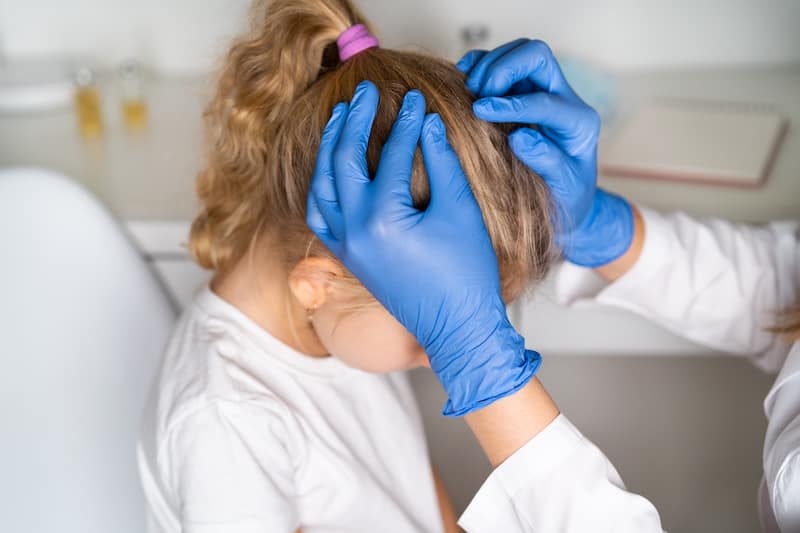
Effective Treatments For Head Lice
When it comes to treating head lice, there are several options. Tea tree oil can be applied topically or used in a shampoo. Ivermectin lotion and malathion lotion have both been approved by the FDA for treatment of head lice, while benzyl alcohol lotion is considered an alternative option.
Additionally, all clothing and bedding should be machine washed with hot water and dried on high heat to kill any remaining live lice or eggs (nits). Lastly, use a nit comb to remove nits from hair strands. Doing so will help lessen re-infestation as well as further spread of the infestation.
Taking these steps should leave you feeling more confident that your family is free from lice and ready to move onto prevention tactics.
How To Prevent Head Lice
Preventing head lice from infesting a person’s head can seem daunting and overwhelming, but with the right knowledge and approach it isn’t that difficult.
The main thing to remember when trying to prevent head lice is to avoid direct contact from an infected person or their belongings. This means not sharing hats, scarves, hairbrushes, combs, pillowcases, towels, stuffed animals, etc.
Regularly washing items such as bedding and clothing in hot water over 130°F also helps kill any lingering lice. Additionally regularly treating your hair with a product like shampoo containing pyrethrins and piperonyl butoxide will help keep them away.
It’s important to note that these treatments don’t always work on nits (empty egg shells) so if you find those they should be removed manually by gently pulling them off the hair shaft near the scalp where they are most securely attached. Combing through wet hair with conditioner using a no nit comb is one of the best methods for removing nits.
Finally it is recommended to consult a medical professional about over-the-counter lice medicine before applying it directly onto someone’s scalp. By following these simple steps you’ll greatly reduce the chances of getting head lice in the first place!
With this knowledge we’re ready to move into learning more about home remedies for head lice.
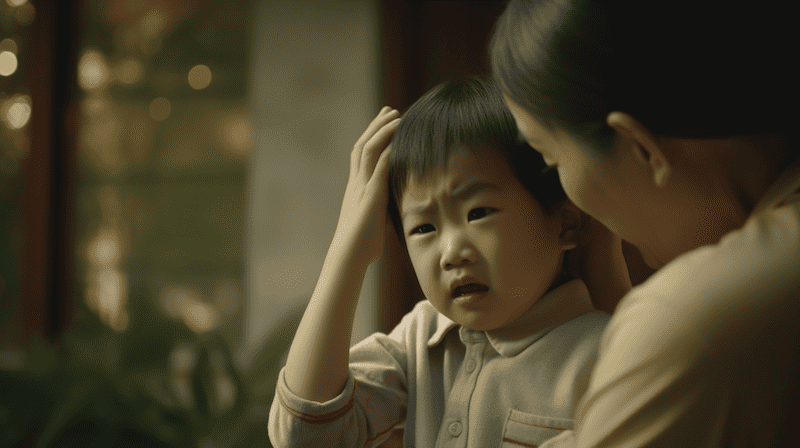
Home Remedies For Head Lice
Have you ever wondered how to deal with head lice at home? There are a few ways that parents can reduce the symptoms of lice and nits. Here’s what you need to know:
- Hair shafts should be combed frequently using a special fine-toothed comb. This helps remove dead lice and their eggs, also called nits.
- Medicated shampoos may be used as well in order to help kill any remaining live lice on the scalp.
- Home remedies such as diluting vinegar or tea tree oil in water then applying it directly onto hair may also work for some people.
- It is important to remember that these treatments will only remove live lice; they cannot actually eliminate all the egg cases (nits) from your child’s hair. To completely rid yourself of an infestation, it is necessary to safely remove lice and nits from your hair.
How To Safely Remove Lice And Nits
Removing lice and nits can seem overwhelming, but it is a manageable task. The first step to ridding yourself of the adult louse is to use an over-the-counter product that kills the lice.
Once you have done this for the first treatment, you will want to move on to removing any empty nits from your hair. To do this, make sure your hair is completely dry before applying olive oil or sesame seed oil throughout your scalp. Gently comb through each section of your hair with a fine tooth comb starting at the root and working out towards the ends until all visible eggs are removed. This process may take some time so be patient as you work through each strand of hair.
Transitioning into common mistakes parents make when treating head lice; some might not realize how easily lice can spread if precautions aren’t taken…
Common Mistakes Parents Make When Treating Head Lice
Parents often make missteps when treating head lice, from using hair spray droplets to failing to take proper care of their child’s hair.
Many mistakenly believe that the spread of disease is simply caused by poor hygiene or direct contact with someone who has an infestation; however, it can also occur through shared items such as hats and towels or even from sharing combs and hair brushes.
Further complicating matters is that adult lice feed on human blood, making them hardier than other insects and difficult to eliminate without a thorough approach.
With so many potential pitfalls for parents trying to eradicate a head lice infestation in their home, it’s no wonder professional help may be needed at times.
When To Seek Professional Help For Head Lice
Head lice may seem like a minor issue, but they can cause plenty of discomfort and embarrassment for your child. It’s important to recognize the signs of head lice so you know when it’s time to take action.
If you’ve noticed nits attached to your child’s scalp or if their skin is irritated, it’s best to consult with a professional right away. Additionally, the Centers for Disease Control and Prevention recommend that all family members be checked at least once per week in order to detect any potential outbreaks quickly.
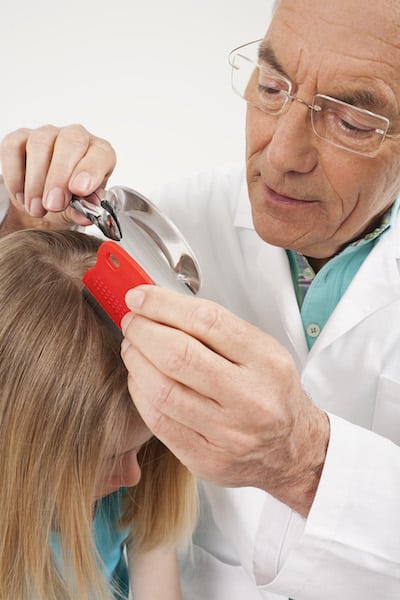
Thoroughly washing bed linens on a regular basis will also help prevent future occurrences of human head lice from taking hold in your house. Taking proactive measures now will save you and your family from dealing with these pests later down the line.
With proper treatment, your family can move forward without worrying about further infestations of head lice in the future – allowing everyone involved to breathe a sigh of relief. To ensure your child’s health and well-being are not adversely affected by this condition, it’s wise to ask yourself: should my child skip school?
Should Your Child Skip School?
It may seem counterintuitive, but don’t panic if your child has head lice – they are actually quite common! Head lice are tiny insects that live on the scalp and feed off of human blood. While it can be a nuisance to deal with, the good news is that their life cycle only lasts two to three weeks.
In general, we recommend keeping your child in school unless you have consulted with your physician or pediatrician about whether treatment should begin immediately.
If there is no medication prescribed for immediate use, it’s usually best for them to stay in school as long as possible so as not to spread close contact with other students or teachers who could potentially experience an allergic reaction.
Some schools will request proof of recent treatment before admitting children back into classes after a break due to head lice, so make sure you prepare yourself and keep track of any medications used over the last two weeks.
Conclusion
It’s important for parents to know the signs and symptoms of head lice, how they spread, and effective treatments. This way, you can make sure your children are taken care of properly if they do get an infestation.
The most common mistake parents make when dealing with head lice is not treating it quickly enough or using ineffective methods.
It’s also important to understand that while head lice may be uncomfortable, it doesn’t usually require professional help unless the child has a severe case.
At the end of the day, don’t panic! With proper knowledge and adequate treatment, head lice will soon become a distant memory – like water under the bridge.
Don’t let it keep you up at night; rest assured knowing that there are easy solutions available to combat this pesky problem.
